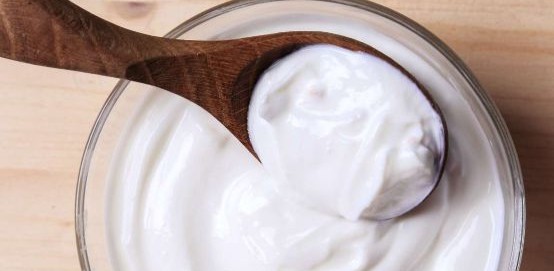What is core body temperature
A person’s core body temperature, like heart rate, blood pressure and oxygenation, is a vital parameter to assess individual health. A healthy individual will have a core body temperature of 98.6 +/- 0.9°F (37 +/- 0.5°C), the temperature range needed for the body’s metabolic processes to function correctly.
Being aware of internal body temperature is important to catch early signs of heat stress because it directly shows how well the body balances its heat. Heat stress happens when the body can’t get rid of excess heat fast enough. Usually, our body keeps a pretty steady inside temperature, but when we do (i) heavy physical work, or (ii) a sustained workout from a long hike or backpacking adventure, or (iii) are training for or racing in distance triathlons, like the Ironman, or (iv) are in a hot place, our body heat production goes up. To stop overheating, the body has different ways to cool down.
For a detailed clinical analysis of temperature physiology see NIH National Library of Medicine Physiology, Temperature Regulation
For a comprehensive discussion on how to reduce body heat see Medical News Today The best ways to reduce body heat
Body temperature rises when the external temperature increases as well as when the internal temperature increases. The human body is always regulating its temperature and lowers it in four different ways:
- vaporization, which it achieves by sweating
- radiation, which means releasing heat into the surrounding air
- convection, which occurs when cooler air surrounds the body
- conduction, which is the transferal of body heat into adjacent cold water or ice
Foods that cool your body
The primary focus of this article is foods that help cool your body down. Certain foods can reduce body heat. In addition to drinking cold water, here is a list of healthy natural foods to help reduce a heated core body temperature:
- watermelon – is 92% water and high in Vitamin C and Vitamin A
- cucumbers – are 95% water, have Vitamin K, Vitamin C, potassium and magnesium, and are low in calories
- whole plain yogurt – is high in water, contains probiotics, a good source of protein and calcium, and relatively low in calories
- pineapple – is 87% water, high in Vitamin C and manganese, and contains fiber
- coconut water – also contains the electrolytes sodium, potassium and magnesium and is low in calories
- cool mint tea – mint contains menthol, a cooling compound
- tomatoes – are high in water content and nutrients, yet low in calories
- strawberries – are 91% water, high in Vitamin C and folate, and a good source of potassium and manganese
- oranges – are 86% water, and are a good source of Vitamin C, natural sugars and fiber
- cantaloupe – is 90% water, and is a good source of zinc, potassium, magnesium, Vitamin C, Vitamin A and folate
- pears – are 84% water and are a good source of Vitamin C, Vitamin K, potassium and copper
- celery – is 96% water and is high in potassium, folate, Vitamin K, Vitamin A and fiber
For a larger list of cooling, neutral and warming foods See Ping Ming Health Warming and cooling characteristics of common foods
See also Hiking, Climbing and Backpacking Hydration and Electolytes Strategy
More about Ralph Teller


